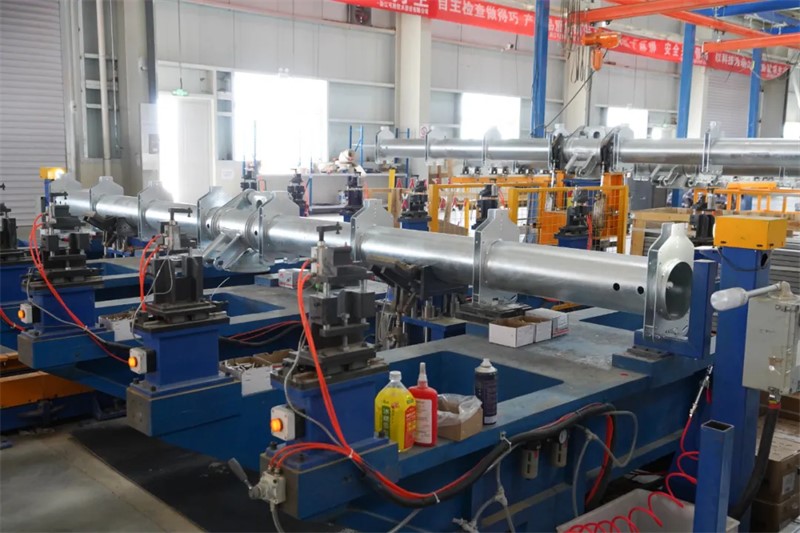On July 16, China Energy Engineering Corporation Limited (CEEC) successfully topped out the 219-meter-high solar receiver tower for its 1,500 MW “solar (thermal) + storage” integrated base project in Hami, Xinjiang.

The project is a key initiative under China’s second batch of “Gobi and desert” large-scale wind–solar bases. It is not only the largest single-unit concentrating solar power (CSP) project in Xinjiang but also an innovative demonstration of the “CSP + PV” multi-energy complementary model, marking a significant step forward in large-scale clean-energy development in desertified regions.
With a total investment of RMB 4.696 billion and an installed capacity of 1,500 MW, the plant comprises a 150 MW CSP station integrating roughly 730,000 m² of heliostats with gigawatt-scale PV modules. By deeply coupling heat-storage CSP with PV, the project solves the intermittency issues inherent to photovoltaic generation.

As a next-generation CSP demonstration, the project carries dual missions of technological exploration and industrial cultivation. The heliostat production line, initially turning out 20–30 mirrors per day, ramped up—after six months of commissioning—to 80 mirrors per single line and 160 mirrors across two lines, while achieving a sharp rise in product quality. Crucially, the localization rate has exceeded 99 %, a quantum leap from the 50 % rate in previous demonstration plants.
The project also introduces an intelligent power-station management system, employs UAV inspections, adopts de-industrialized design, and incorporates local cultural elements, blending “engineering aesthetics” with technological innovation. “At present, 70–80 % of civil works are complete, installation has started in full, and we plan to finish the main equipment installation by year-end and achieve grid connection by July next year,” said Zhang Wei. The integrated CSP–PV development not only maximizes land use but also reduces surface evaporation through PV panels and curbs localized desertification via heliostat reflection, delivering a dual benefit of power generation and ecological restoration.

Once operational, the plant is expected to generate 2.892 TWh of electricity annually, equivalent to saving 868,000 t of standard coal and cutting 2.256 million t of CO₂ emissions.


